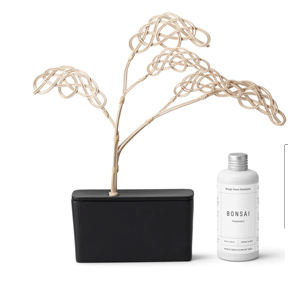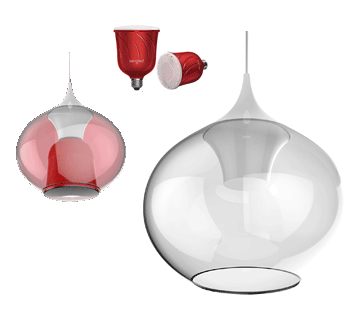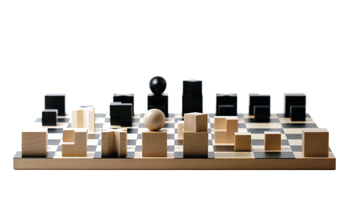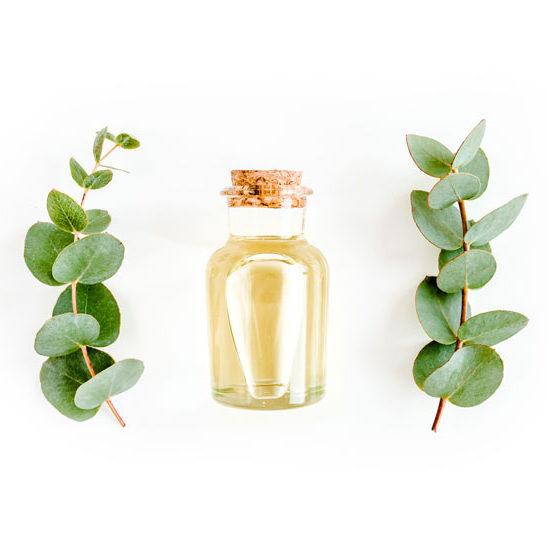Antonella Bondi is a perfumer by passion. In her exclusive courses at the Romantik Hotel Villa Margherita near Venice, participants can create their very own personal fragrances.
What materials do you use to produce your perfume?
I only use 100% natural and sustainable essences, pure alcohol, and water.
What do you teach in your perfume courses?
The participants learn to connect their emotions with nature and how to increase their sense of well-being through the olfactory elements in the essences. They learn to view themselves from a different perspective, to translate their personalities into a fragrance system.
How do people find the right fragrance for their personalities in your course?
Through a questionnaire that highlights the person’s distinctive characteristics. This includes personality traits and individual preferences for colors, tastes, scents, plants, herbs, spices… I then use these results to create a tailor-made essence for each participant. The essence can be used for whatever product is desired. At the end of the course, participants have a perfume, shampoo, or a body lotion scented with their own personal fragrance.
 // 100% natural – Antonella Bondi uses sustainable and pure ingredients for her fragrances
// 100% natural – Antonella Bondi uses sustainable and pure ingredients for her fragrancesScents and fragrances are often strongly linked to memories or emotions. How exactly are they connected?
Scents are physically perceived; they go straight to the brain and our memory center and create a direct link between the external world and our inner selves. They represent a connection with the earth and our constant desire to find a place where we feel at one with the earth and nature.
Is there an example from your personal environment?
When I was a child, my family’s garden abounded with scents – from herbs like rosemary, sage, mint, and basil, to fruits like lemon, tangerines, oranges, cherries, raspberries, and strawberries. My fragrances strive to recreate this experience. It’s a journey into the past or
a look into the future, an exploration of what is real.
To what extent are fragrances and perfumes also an expression of one’s own personality?
Each perfume is a unique journey to the inner self shaped by memories, scents, emotions and sensations. This mixture is intensely personal. I am convinced that we should have an olfactory identity in addition to our physical identity.
Magical mixture
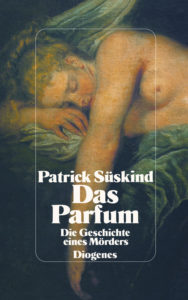 In his worldwide bestseller “Perfume” (1985), Patrick Süskind sweeps the reader away to a magical world of scents with all of its mysteries and temptations. Despite endless variations of perfume mixtures and production methods, most perfumes consist of three notes:
In his worldwide bestseller “Perfume” (1985), Patrick Süskind sweeps the reader away to a magical world of scents with all of its mysteries and temptations. Despite endless variations of perfume mixtures and production methods, most perfumes consist of three notes:
The top note
is what a person detects first. It forms the first impression and often influences the decision to buy. The scent is strong but also dissipates quickly.
The heart note
makes up the true character of the perfume. It’s what appears when the top note has faded. Heart notes are usually floral essences combined with other scents.
The base note
finishes the scent sequence and contains long-lasting scents. It can sometimes still be perceived on the skin several days later.
Scents
Million-dollar bottle
The most expensive perfume in the world is called “Shumukh” and is produced by the luxury fragrance brand Nabeel in Dubai. A 3-liter bottle costs 1.143 million dollars and is decorated with 3,571 diamonds, gold, silver, and topaz.
Timeless popularity
It’s been on the market since 1921 and still regularly ranks among the top ten best-selling perfumes in the world – Chanel No. 5 is the no. 1 perfume. According to a Chanel estimate, a bottle of this classic is sold every 30 seconds worldwide.
Royal origins
The Egyptian pharaoh Hatshepsut (1490-1469 BC) is said to have been the first to wear perfume while still living. Prior to this, perfumes were only offered as a sacrifice to the gods or the dead.

